The word Plastic has been derived from the Greek word Plastikos, which means capable of being shaped and molded. It is found everywhere from nearby surrounding areas to the most remote places in the Arctic. Plastic is a versatile and widely used materials possessing extraordinary properties capable of dominating the modern life. It offers convenience and affordability, making them prevalent in various industries, from packaging to electronics. These benefits, however, carries challenges if not used responsibility. Threats that it poses on living forms and environment, are enormously dangerous and capable of ensuring abysmal environmental harm – plastic pollution. Predictions point towards the steady doubling of plastic production in the next 20 years, action to stop plastic pollution is the need of the hour (UNEP 2020).
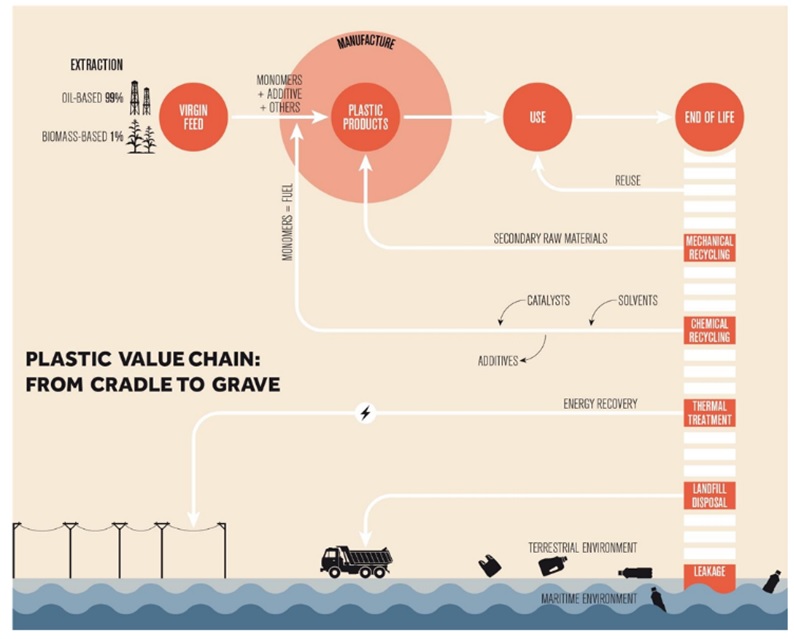
Fig. 1 Plastic Value Chain – from Cradle to Grave.
Source Baseline report on plastic waste (UNEP, 24 Feb 2020)
“The plastics value chain includes the full range of activities, which are required to bring a plastic product through the different phases of extracting raw materials, production, distribution to consumers, and final disposal after use (Figure 1). While plastic moves from one stage of the chain to the next, it is expected to gain value. Yet the value chain of plastic remains archetypically linear with less than 20%1 of plastics re-entering the value chain and huge amounts of plastics ending up in terrestrial and marine environments each year, exposing both the environment and marine life to existential problems. In addition, the diverse nature of the different plastic products, different uses and treatment routes at the end of its lifecycle increases the complexity of the value chain as well as the number of diverse stakeholders including chemical and plastic manufacturers, consumer goods companies, retailers, waste management companies, and recycling technology companies.” (UNEP, 2020)
United Nation Environmental Program (UNEP) has reported on plastic waste where India has not been accounted for (Annual Report 2019-2020 on implementation of Plastic Waste Management Rules, 2019). Below table 1, is a combined report from information collected from the UNEP and the Annual report submitted by the SPCBs/PCCs. It suggests that India is the fifth highest generator of plastic waste.
Table 1 : Plastic Waste Generation in Different Countries
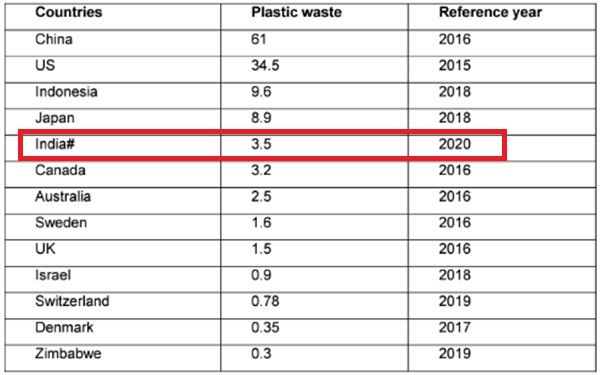
Plastic consumption has increased decade by Decade. Annual Report 2919-2020 on implementation of Plastic Waste Management Rules, 2019 suggests India’s Plastic generation is 5th highest in the World (Fig. 1).
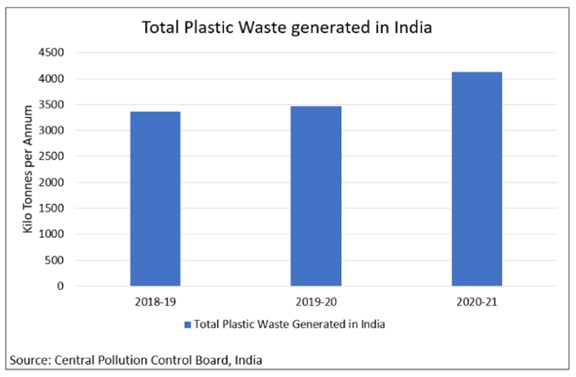
As per details provided by 35 States/UTs estimated plastic waste generation during the year 2019-20 is approximately 34,69,780 TPA (Fig. 2)
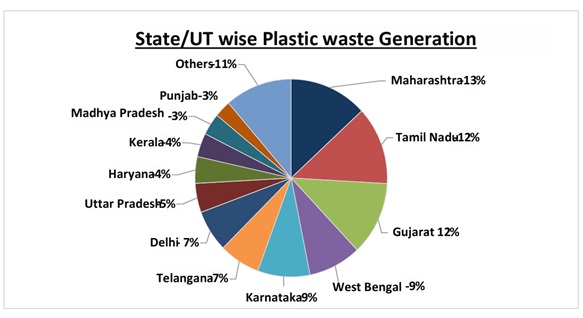
Fig. 2 : State/UT wise Plastic waste generation
Source: Annual Report 2019-2020 on implementation of Plastic Waste Management Rules, 2019
Extended Producer Responsibility (EPR) is an environmental policy approach where a producer’s responsibility, physical and/ or financial, for a product is shifted or extended to the post-consumer stage of a product’s life cycle. This shifts responsibility upstream towards the producer and away from municipalities. The Ministry of Environment, Forest and Climate Change, Government of India, in its fourth Amendment to the Plastic Waste Management Rules, dated February 16, 2022, notified ‘Guidelines on Extended Producer Responsibility for Plastic Packaging’ in Schedule II of the Rules. As per the notified Guidelines, Producers, Importers and Brand Owners (PIBOs) are required to ensure the processing of plastic waste generated due to plastic packaging of products introduced by them in the market.

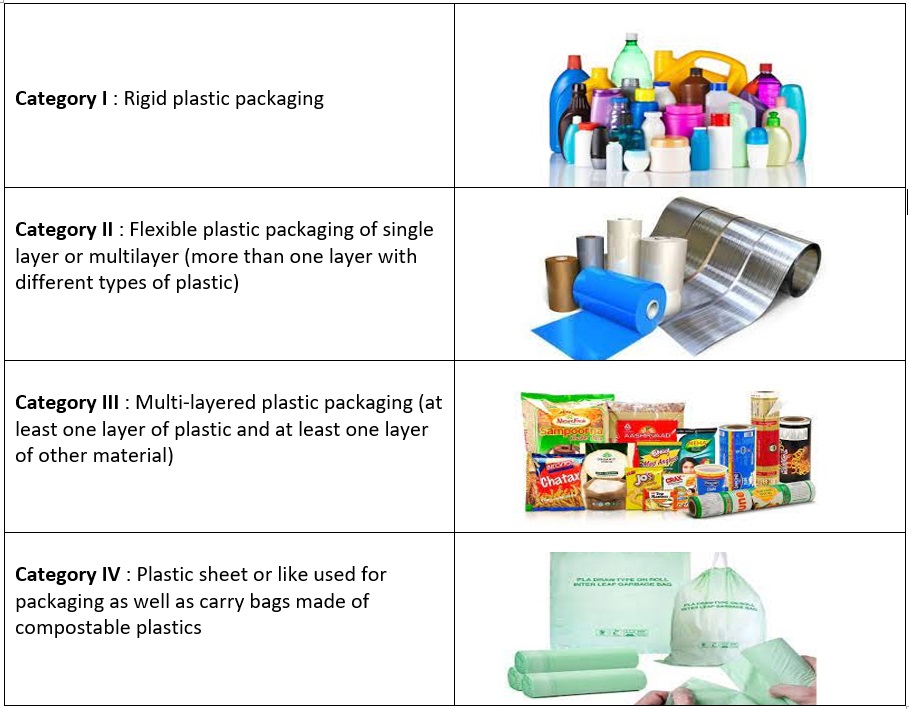
*The target calculations are explained in advanced courses.
The specific compliances and regulations related to EPR can vary from country to country or even within different regions of a country. Some regions may have well-established EPR laws, while others may still be in the process of developing and implementing such policies. Stakeholders must be aware of the relevant laws and guidelines in their respective regions and actively participate in EPR programs to ensure effective waste management and environmental protection.
© Om Saptarshi International Service (P) Ltd. | All rights reserved.
WhatsApp Us